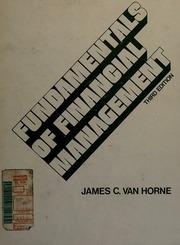Question
Smoke Corporation purchased a 9%, $100,000 bond investment in A Company on January 1, 2010. The following partial amortization table reflects the bond investment on
Smoke Corporation purchased a 9%, $100,000 bond investment in A Company on January 1, 2010. The following partial amortization table reflects the bond investment on January 1, 2010, with a 5 year term, (due Dec. 31, 2014) when the annual market rate of interest was 10%. Smoke follows IFRS.
Interest is paid to Smoke June 30 and Dec 31. Smoke has an April 30 year end.
|
Period Ended |
Cash Interest Received |
Interest Income |
Amortized Bond Discount |
Carrying Value |
|
Jan. 1, 2010 (issue date) | --- | --- |
| 96,139 |
|
Jan 1, 2010 - June 30, 2010 | 4500 | 4807 | 307 | 96,446 |
|
July 1, 2010 - Dec 31, 2010 | 4500 | 4823 | 323 | 96,769 |
|
Jan 1, 2011 - June 30, 2011 | 4500 | 4839 | 339 | 97,108 |
|
July 1, 2011 - Dec 31, 2011 | 4500 | 4856 | 356 | 97,464 |
Required:
- the journal entry to record the purchase of the bond by Smoke at Jan 1, 2010.
- the journal entry to accrue interest and adjust the bond investment at April 30, 2011. (round answers to the nearest dollar)
- a classified partial balance sheet at April 30, 2011 to show the amortized cost bond investment and any associated interest. Use a proper three-line title.
- the journal entry(ies) required at June 30, 2011.
- How much total interest income would Smoke record over the entire term of the bond investment? (2 marks)
- If Smoke followed ASPE and used the straight line method to amortize bond discount, how much interest income would Smoke book over the entire term of the bond investment? (1 mark)
Step by Step Solution
There are 3 Steps involved in it
Step: 1

Get Instant Access to Expert-Tailored Solutions
See step-by-step solutions with expert insights and AI powered tools for academic success
Step: 2

Step: 3

Ace Your Homework with AI
Get the answers you need in no time with our AI-driven, step-by-step assistance
Get Started


